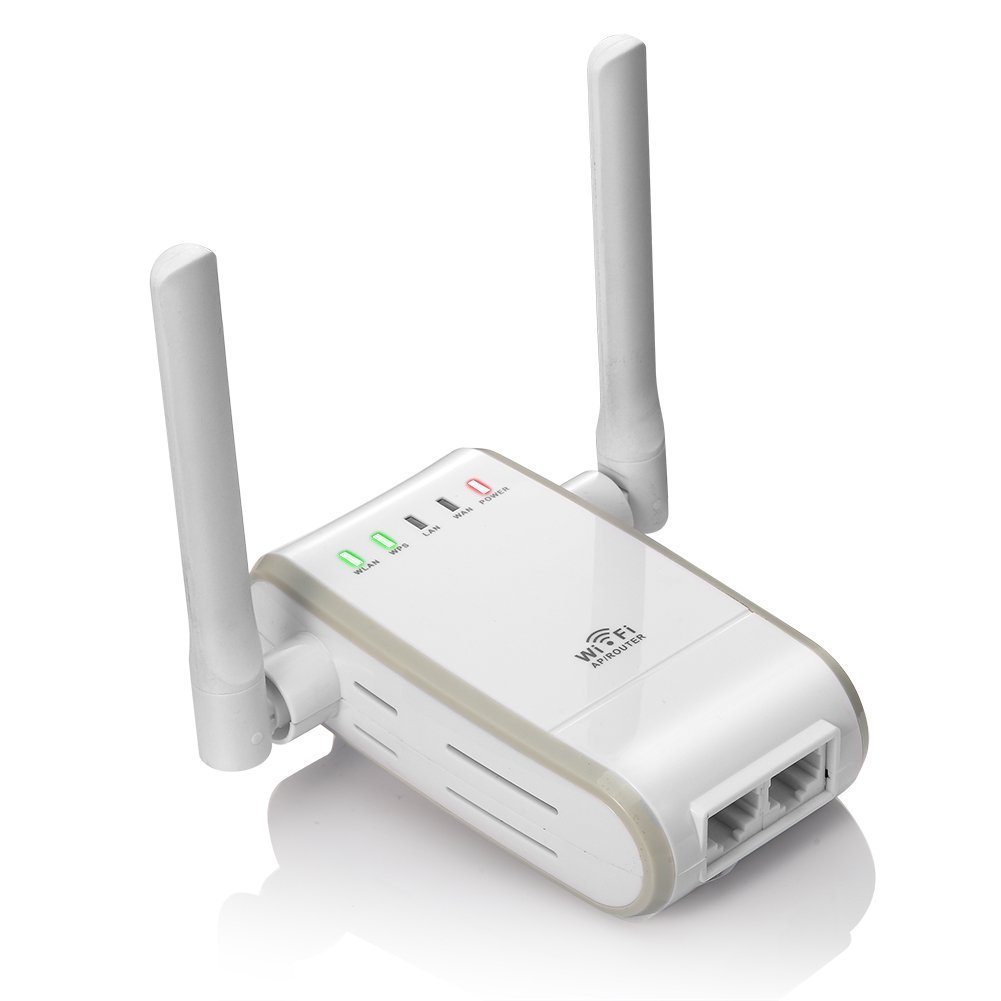

When your WiFi woes have more to do with dead spots than pokey speeds, they solve the problem by employing multiple devices-generally a main hub and two “beacons” or “satellites”-that link together to spread WiFi signals throughout your home. We’ve been extolling the benefits of mesh routers for a few years now. That’s a lot of money to spend on a router, especially when you can buy a top-rated WiFi 6 model, such as Linksys’s Max-Stream AX1800, for just north of $100. A WiFi 6E model, including the Netgear Nighthawk RAXE500 and Asus ROG Rapture GT-AXE11000, can easily shoot past the $550 mark. (The Samsung Galaxy S21 just arrived on shelves last week, for example.) That problem should diminish over time, of course, as more and more WiFi 6E-certified devices appear in stores. Older devices can connect to WiFi 6E routers, but because they use the 2.4GHz and 5GHz bands, they won’t receive the tech’s full benefits. “The 6GHz band is really pristine spectrum,” Robinson says.Īs awesome as that sounds, though, it will take some time for WiFi 6E to get a foothold in everyday life.įor one, the standard’s 6GHz band is strictly limited to WiFi 6E-certified devices. That’s especially important in densely populated environments like apartment buildings, where the growing constellation of devices owned by families can slow WiFi speeds to a crawl. The added capacity gives devices that support WiFi 6E the ability to transmit data faster and with less interference. That’s because the 6GHz band provides more channels. By comparison, the 2.4GHz and 5GHz bands of WiFi 5 and WiFi 6 deliver up to 600 and 1,300 megabits per second, respectively. The 6GHz band offers speeds up to 2 gigabits per second. WiFi 5 and WiFi 6 routers can access only the 2.4GHz and 5GHz bands. In early January, Linksys, Netgear, and TP-Link all unveiled routers designed to support WiFi 6E, a variant that extends into the 6-gigahertz band, a swath of wireless spectrum that was off-limits to consumers until the FCC granted access to it last spring. Get ready to see another flavor of WiFi 6 in stores this year, as well.

That means faster download speeds, less buffering, and smoother gameplay while waiting at home for some semblance of normal life to return.
:max_bytes(150000):strip_icc()/4043312-4-5bb2755d4cedfd00263b3ce4.jpg)
Apple’s iPhone 12 and Sony’s PlayStation 5 are fully compatible with the standard, and we expect to see many other smartphones, gaming devices, laptops, tablets, and smart TVs feature support for it this year, too. WiFi 6 promises faster speeds and better performance than WiFi 5 (802.11ac) while maintaining compatibility with your old devices. Models are finally becoming commonplace on store shelves. There’s a good chance the next router you buy will be compatible with the WiFi 6 standard (also known as 802.11ax) introduced in 2019.


 0 kommentar(er)
0 kommentar(er)
